- Open Source CEO by Bill Kerr
- Posts
- When Science Fiction Becomes Science Fact
When Science Fiction Becomes Science Fact
The future is here, just like how your favorite science fiction author predicted. 🔮
👋 Howdy to the 1,962 new legends who joined this week! You are now part of a 206,849 strong tribe outperforming the competition together.
LATEST POSTS 📚
If you’re new, not yet a subscriber, or just plain missed it, here are some of our recent editions.
🔬 The $55M Material Design Seed Round. An interview with Joseph Krause, Co-Founder and CEO, Radical AI.
💥 Strategism: The AI Revenue Per Employee War. How companies are getting leaner, and how you can too.
🏜️ Unfiltered: The Road To Figure’s IPO. A behind the scenes with multi-IPO founder, Mike Cagney.

PARTNERS 💫
Framer is giving early-stage startups a year of the Pro Plan—completely free.
Framer is the design-first web builder that helps startups launch fast. Join hundreds of YC founders already building on Framer. What you get with this deal:
Fast, professional site—no dev team needed. ✔️
Scales with your startup—from MVP to full site. ✔️
Spots are limited—apply before October 31st to claim your free year. *Pre-seed and seed-stage startups. New Framer users only.
Interested in sponsoring these emails? See our partnership options here.

HOUSEKEEPING 📨
I’m trying to be a little ‘less fat’ at the moment. It’s crazy, actually, how my weight has crept up higher and higher since the moment I hit 35 years of age. As it stands, I’m ~20% body fat, and have been as high as 24%. For context, I weigh around 91kg / 200lbs (for you weirdos who use pounds).
How I’m attacking this is simple. Cleaner eating and tracking my macros. This image was my breakfast this morning. What you don’t see: bread, butter, salt. What you do see: vegetables. |  |
I have never not trained a lot. I’ve always been good there. But, until now, I’ve also never really cared too much about what I ate—or the killer—how much I ate. My plan is to be a strong AF, 88 kilograms, with around 14-16% body fat. Let’s see how long it takes me to get there. Anyway, enjoy today’s piece!

BUSINESS STORY 🗞️
When Science Fiction Becomes Science Fact
Throughout most of the last two hundred years, science fiction writers and futurists have looked very much one and the same. Those tasked with putting pen to paper, telling fantastical stories in a future realm similar to our own, have often been the ones who actually frame our future. They predict, in a way, what’s to come. And then it’s the job of the scientists and builders of today to actually make it happen.
Think about today; consider the iPhone. Most of what you hold in your hand would be so futuristic to be considered science fiction 50 years ago, blasphemy a century past, and I wouldn’t go as far as to say it might have been seen as witchcraft 100 years before that. You would not want to have been walking around swiping around an Apple device during the 1600s, that’s for sure.
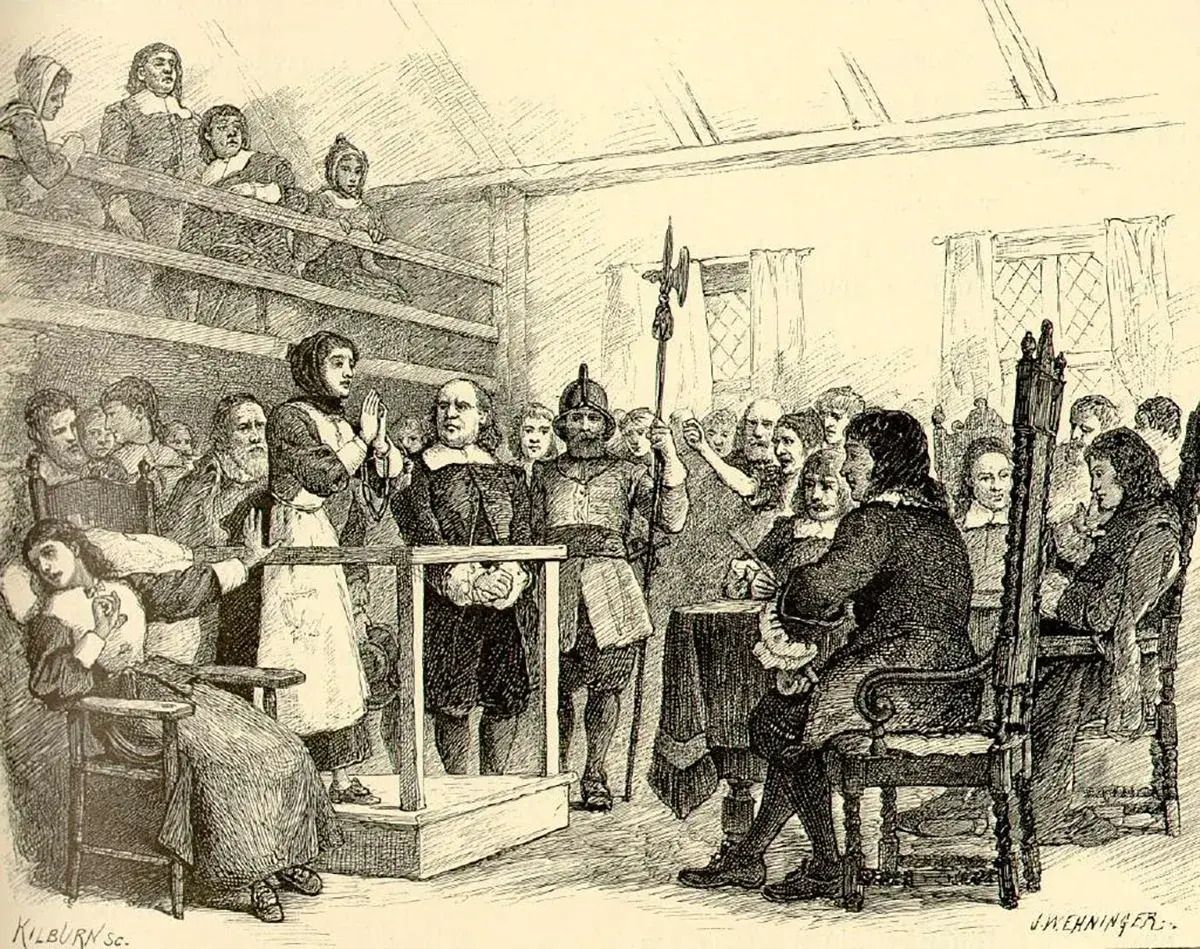
Software, hardware, witchware?
Today, in dedication to the great science writers, industrial leaders, witches, and warlocks of the past, we are going to look deeply into the most sci-fi companies in the world. Those crazy ones who are building things so far-fetched that when you step back and zoom out a moment, you might just feel like you are living in the 2100s. Or an episode of The Jetsons at the very least. So, buckle up space cowboy, this one is going to get wicked weird.
My history of the impossible
If I am honest, I am attempting to stand on the shoulders of giants with this piece. I have been incredibly inspired by futurists, and creating a science faction world since I read The Physics of the Impossible, by the great Michio Kaku. In this book—a book that I purchased at The Big Apple’s inspirational Hayden Planetarium—Kaku tells the physics of the impossible across three different vectors.
Level | Explanation | Example |
|---|---|---|
Class I | Technologies that are impossible today but don't violate known laws of physics. These might be possible within decades to a century. | Teleportation, antimatter engines, certain forms of invisibility, force fields. |
Class II | Technologies at the very edge of our understanding of physics, that might be possible in thousands or millions of years, if they're possible at all. | Time machines, hyperspace travel, wormholes. |
Class III | Technologies that violate known laws of physics. If they turn out to be possible, it would represent a fundamental shift in our understanding of physics. | Perpetual motion machines, precognition. |
What is most interesting, though, is that in the introduction, he runs through the history of the impossible. Take television: In the 1800s, the idea of transmitting voices and images through the air was considered a fantasy. Heavier-than-air flight also. Lord Kelvin famously said it was impossible; the Wright brothers flew a few years later. Don’t even get me started on traveling to outer space.
The next major leap forward in my love for this topic came when I watched Interstellar in 2015. I had just finished watching the film when my Airbnb guest, Fred, came in and began explaining the theory of relativity to me.

Science lessons, sorely missed.
And finally, the most recent inspiration came from my fellow newsletter operator, Packy McCormick of Not Boring fame, who wrote the incredible Sci-Fi Idea Bank. Packy broke down, in the most captivating way, which companies today are transforming paleoteric fiction into neoteric fact. I am going to attempt to do something similar with a small handful of today’s most electrifying companies.
#1 - Neuralink’s mutant powers
As a child born in the '80s, Marvel Comics was my jam. I was raised in part by the bearded badboy Wolverine, the ephemeral Euopeo Gambit, and even took great life lessons from Uncle Ben; ”with great power comes great responsibility,” right? But one of the most powerful of Marvel’s characters was Professor Charles Xavier. Whilst being Founder and Headmaster of the Xavier School for Gifted Youngsters, leader of the X-Men, and academic Professor with a PhD in fields such as genetics and anthropology is impressive, it was his status as the world’s most powerful telepath that enabled his success.

Professor Xavier’s mutant powers were mind-to-mind, but also mind-to-machine, with his link to the internal processing system, Cerebro. Cerebro helped amplify the powers of the balder-than-a-bald-bowling-ball-leader of our favorite benevolent mutant gang. With the help of Cerebro, the prof is able to control his wheelchair using only his mind.
Neuralink, Elon Musk’s 94th successful company, is building a future where humans and machines can boast a level of ‘power’ similar to that of the most powerful mutant on Planet Earth. Let’s start with the easy one, controlling machines—wheelchairs and/or video games—using only the power of your mind. In 2024, Neuralink livestreamed the first patient to have a chip implanted, who used his mind to play online chess. Noland Arbaugh, the 29-year-old user, played chess on his laptop and moved the cursor with the Neuralink device linked to his brain.
As I mentioned, though, I’d consider that the easy part. That’s happening today. There are now “12 people around the world with Neuralink implants,” according to Neuralink itself. “Collectively, they’ve had their devices for 2,000 days and accumulated over 15,000 hours of use.”
That’s today, though. What about tomorrow? Musk's vision is clear: human-AI symbiosis to prevent AI from making humans obsolete. Think of it; today, humans can interface with machines, but what about when those machines can interface together? The word will be very interesting.
But don’t take my word for it; take it from the AI-symbiotic version of me—me with ChatGPT helping me—with a helpful little, medium-term, hypothetical comparison chart.
Capability | Professor Xavier + Cerebro | Human + Neuralink (Mid-Term: 2030–2035) |
|---|---|---|
Mind-to-Device Control | Thinks → machines obey instantly | Thinks → controls screens, wheelchairs, robots, AR |
Telepathy (Mind-to-Mind) | Reads/sends thoughts to anyone, anywhere | Opt-in brain-to-brain between implanted users; low-res ‘packets’ |
Sensory Restoration | Can restore/change senses in others | Restores vision/hearing/touch via stimulation; prosthetic feel |
New / Synthetic Senses | Can share perceptions directly | Adds ‘digital senses’ (alerts, IR cues, navigation) |
Information Access | Pulls knowledge from any mind | Direct neural access to AI/internet (’brain search’) |
Communication Speed | Instant thought transfer | Faster thought-to-text/speech; still sequential |
Search / Targeting Minds | Planet-scale mind radar; finds signatures | Can detect opted-in brain states (seizure, stress) only |
Multi-Target Broadcast | One mind → millions at once | One user → many apps/agents; group neural sharing rare |
Write / Influence | Plants ideas, alters memory/emotion | Therapeutic stimulation (mood/motor), not thoughts |
Range | Global wireless via Cerebro | Wherever networks reach; implant required |
Giving regular old humans 40-50% of Professor Xavier's powers may precipitate the fork in our timeline where Homo Sapiens and Homo Xavieralis split. Where humans interface with each other largely through their machine counterparts. There is a word for that: telepathy.
#2 - Altos Labs’ spice melange
”Our mission is to restore cell health and resilience through cell rejuvenation to reverse disease, injury, and the disabilities that can occur throughout life,” reads the banner of Altos Labs. Backed by Jeff Bezos, Yuri Milner, ARCH Venture Partners, and more, this can be read more simply as: helping people live much longer, ideally forever.
The quest for immortality is not new. Humans have thought that death kinda sucks since the time of the Epic of Gilgamesh. And it ranks second in terms of fear behind public speaking. It’s also been a trope through science fiction. Altered Carbon gave us bodies as interchangeable vessels, resetting youth. Elysium, medical pods that cure aging and disease. And most recently, in the world of Frank Herbert’s Dune, addicts of the spice melange dramatically slow their aging process, allowing them to live 200-300 years in most cases.

Fear is the cart-killer.
But Altos Labs isn't mixing spice cocktails. They're doing something more radical: reprogramming your cells to forget their age. In 2006, Shinya Yamanaka discovered that four specific proteins could rewind adult cells back to a youthful, stem cell-like state. Nobel Prize-winning stuff. The problem? Fully reprogramming living cells causes cancer. Full reset equals tumors.
So Altos is mastering partial reprogramming, giving cells just enough of a reset to reverse aging markers without erasing their identity. Like doing a selective restore on your iPhone instead of a factory reset. In 2025, they published results showing partial reprogramming extended mouse lifespan by 12% (normal mice) and 40% (accelerated aging mice), reducing inflammation, improving tissue function, and preventing cancer. Every major organ tested—skin, muscle, brain—shows reversibility.
With $3 billion from Bezos and Milner, Nobel laureates leading research, and facilities across three continents, Altos is structured like an academic moonshot with infinite runway. If they succeed, we're talking about adding 50-100 years to human healthspan. Not science fiction. Just really ambitious science.
And it has come at the perfect time. Longevity, health span, and biohacking are now real trends.

Have baby, get bloodboii.
The only problem I see with creating a future in which death becomes optional is Earth's carrying capacity. We cannot pretend we are not absolutely bullying the planet right now. Extending our own biology sounds great, but children probably become a non-starter in a future where we are all living to 500. And I’m not sure I want to live in a world filled with 20 billion grumpy old fockers.
#3 - Colossal Biosciences is Jurassic Park?
If you think Neuralink’s mutant-like powers were impressive, hyper-scaling your way to God-like capabilities may be a level up again. Through Colossal Biosciences, humans are becoming biodiversity engineers. The anti-Oppenheimer, scale-up is telling the world, ‘I am become Life, the destroyer of extinction.’
But what is Colossal? In their own words, they say the following: “As the world’s first and only de-extinction company, Colossal is closer to restoring the past, preserving the present and safeguarding the future than anyone before.” It’s fair to think about them as a company equipping itself with the technology to preserve and even restore endangered and forgotten biodiversity. Although they seem like a circus act of press releases—see Woolly Mouse, bringing back the Direwolf—there is a real sustainability method to this madness.

Colossal has a de-extinction pipeline that looks like: woolly mammoths → Tom Brady’s dog → the dodo → Tasmanian tigers → and the 12-foot-tall, flightless moa bird. But why should we need to, or even want to play God? It’s certainly not something the average person is perfectly comfortable with, if the comments on Brady’s tweet are anything to go by.
*Note: By the way, I’d like to repeat that Tom Brady used Colossal Biosciences to clone his beloved dog.

Truth is, Colossal is building a synthetic biology platform disguised as a de-extinction company. The real value isn't in woolly mammoths; it's in the gene-editing tools, reproductive technologies, and conservation techniques they're developing at scale. At least that’s the bull case for these crazy, God-like lunatics. If successful, these technologies have massive applications in agriculture, medicine, and ecosystem restoration.
They're essentially creating a vertically-integrated biotech R&D engine funded by a moonshot narrative—powered by sci-fi nerds like Peter Jackson and GRR Martin—that attracts capital and talent. While it’s still uncertain how viable the business model is, Colossal is winning major backing, having raised a $200M Series C at $10.2B valuation earlier this year. | 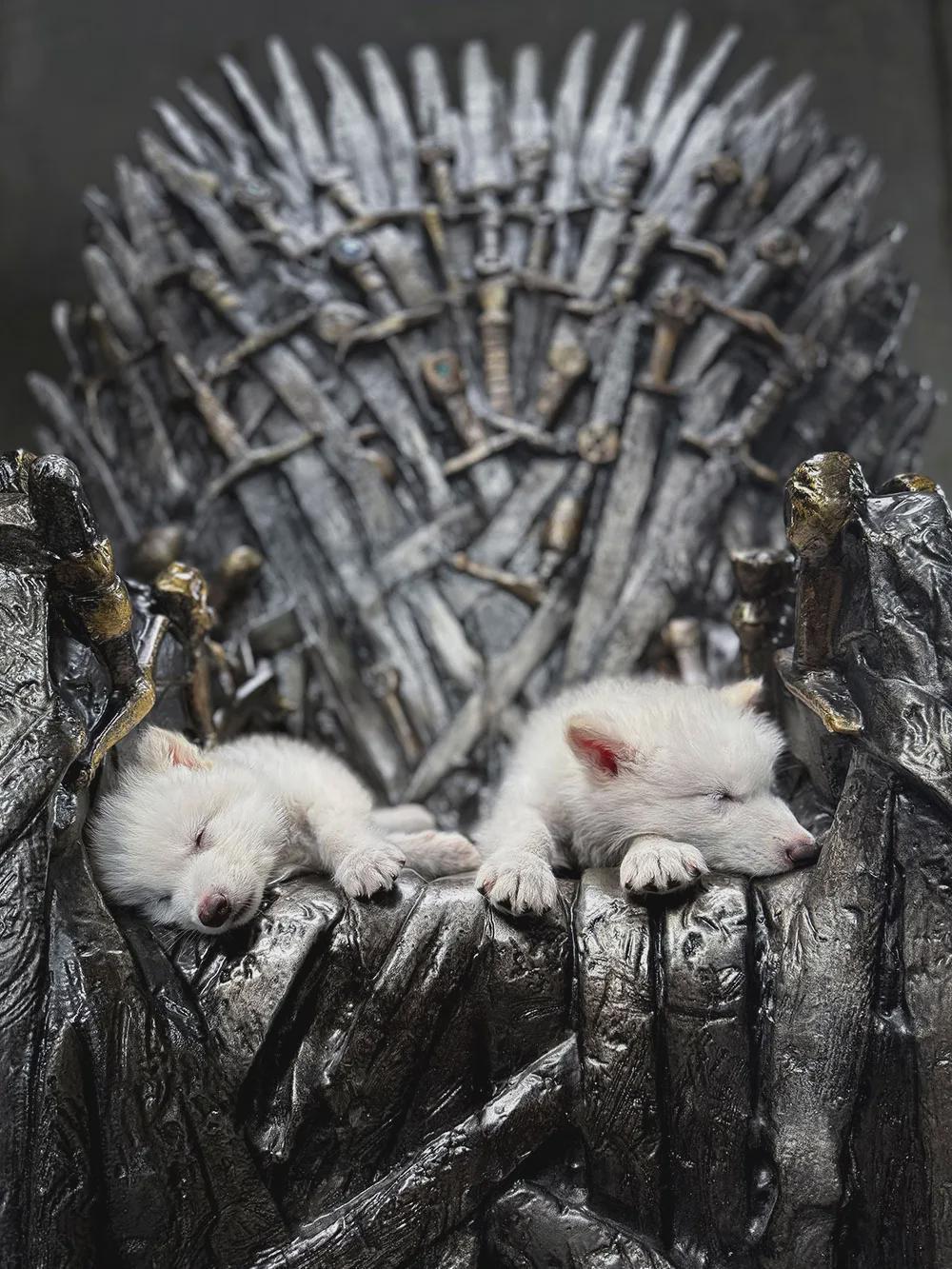 |


#4 - Vow = a new type of food
In Margaret Atwood's Oryx and Crake, humanity engineers 'ChickieNobs'—lumps of chicken meat grown in labs with no brain, no suffering, just protein. The future of food was dystopian fiction. Now it's expensive cuisine.
Vow, my favorite startup in the world, which hails from my homeland of Australia, has been called “The spaceship of the cultured meat industry” by Forbes. If Colossal was for reinvigorating extinct species for repopulation, Vow is mapping ancient DNA to create totally new foods that we meat eaters can consume without the three evils associated with animal agriculture: carbon emissions, land footprint, and animal cruelty.
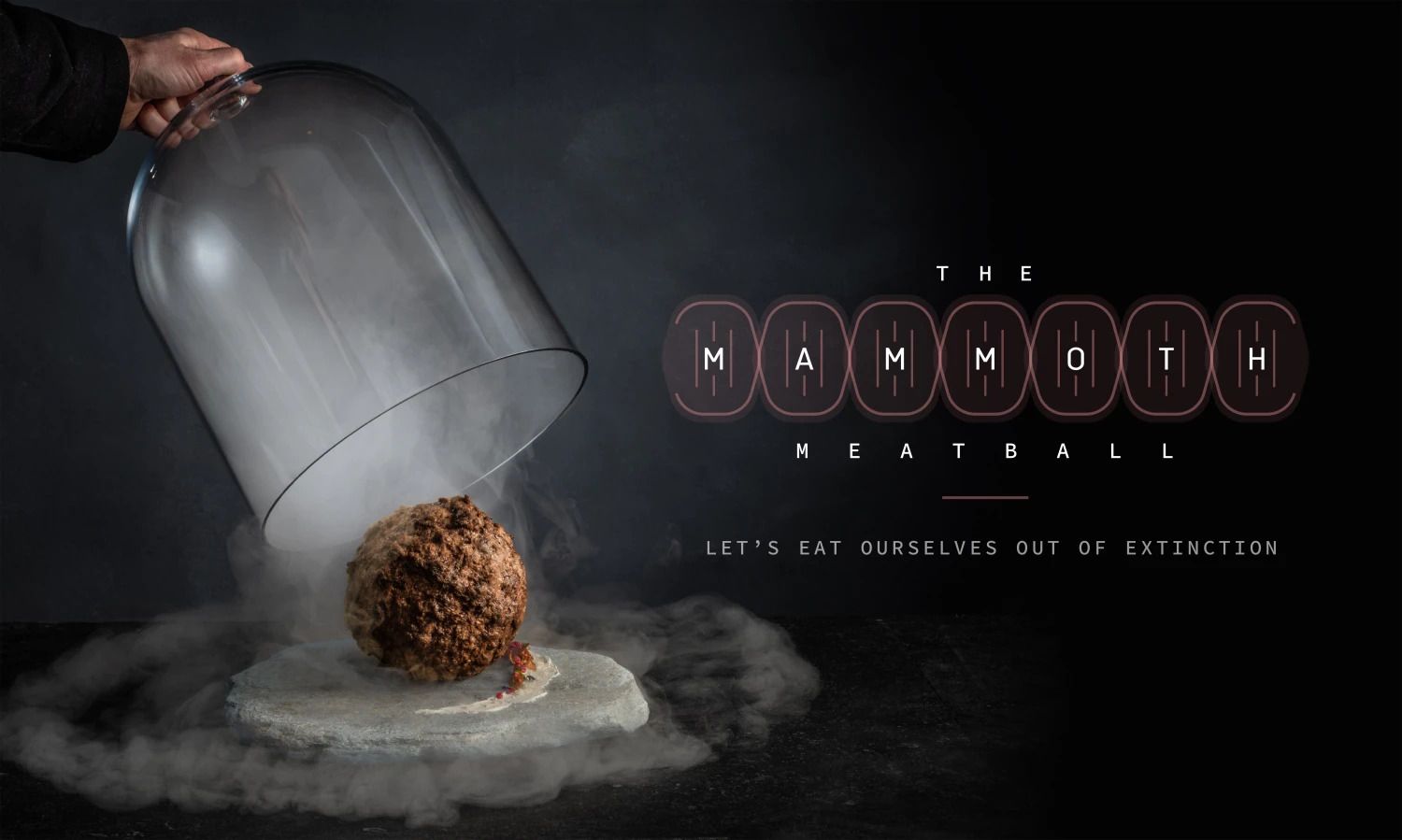
Yes, they create a mammoth meatball.
So how do they do it? Well, they quite literally grow meat cells in 20,000-liter bioreactors (the world's largest). Over several years, Vow built a cell library from ~50 species (quail, alpaca, buffalo, kangaroo, etc.) to find cells that: grow reliably, scale in bioreactors, and most importantly, taste interesting. The way to think about this is not growing Dolly the Sheep, but growing one tissue type, muscle (and often fat), to be turned into delicious new cruelty-free food.

The future of food.
But here's where Vow goes full sci-fi: they're not just growing beef or chicken. They're inventing entirely new animals that have never existed. Quailia—a genetic mashup optimized purely for flavor—has never walked the earth and never will. It exists only in bioreactors, grown cell by cell, engineered to be delicious.
Quailia is the base for Forged Parfait, a super high-end dish served at restaurants in Singapore (they were the first to approve), Hong Kong, and Australia. According to the latest public reporting, Vow has raised at least $55M, with whispers suggesting the actual figure is closer to $80M.
*Note: Please note, this is an illustration of what Qualia would look like; it’s not an actual animal. It has never, and will never exist. DON’T AT ME!

I have followed this industry closely for the best part of a decade now, and tend to think this will be the most transformative industry of this decade, not named AI. The disappointing thing is that cultured meat is already being politicized—banned in Republican states as 'woke meat'—but Singapore, Hong Kong, and Australia are racing ahead. The future of food won't be American, apparently.
#5 - Figure’s (and 1X Technologies) robotic revolution
If Westworld, Ex Machina, The Jetsons, and I, Robot had a baby, it would be 2025. If you head back in time to the beginning of this decade, no one really saw the rise of the machines. Boston Robots, of course, would drop their annual mind-bender robotic capability video, but honestly, I think we all just thought, ‘Oh well, I guess robots will kill people in war soon then.’
No one was really picturing industrial-scale applications of robots the likes of which Figure.ai and Tesla are building. And we sure as shit weren’t ready for robot butlers. But only last month, X1 dropped their Jetsonesque, Rosie the Robot style, NEO home robot, sending the Internet into a real tailspin.

General-purpose humanoids working alongside humans is classic future-fiction labor. And for good reason. Industrial robots like those being developed by Figure have the potential to be the largest product on earth. Imagine every factory worker, in every plant across the globe, being replaced by an always-on, never-takes-a-sick-day R2D2 that will never file a complaint with HR.
Not to mention that we really don’t consider autonomous driving a typical ‘robot,’ which it is. The bionic arms race is well and truly underway, and there is going to be a big fat pile of compute for the winner. The service robotics market is exploding from $53.3B in 2024 to a projected $107B by 2030, with Asia Pacific and North America driving most of the growth. We're not talking about some distant sci-fi future—this is a 2x market expansion in six years.

Source: Grand View Research.
And investors like Microsoft, NVIDIA, Bezos, Intel, Parkway VC, and Qualcomm have been backing up the truck. The Figure 02 model has been deployed at the BMW South Carolina plant, inserting sheet-metal parts, and is currently running 10 hours a day. Figure raised $1B+ in their Series C round at $39B valuation, a 15x jump from $2.6B in 2024.
*Note: This video below is kinda boring, but it’s also kinda like robotic ASMR. I like the video, and I think you will too. Enjoy!
The other release I mentioned, the X1 NEO, went down a storm in the memefied pockets online, leading to a proliferation of incredible scenes. None of which topped what some are calling the Sydney Sweeney edition of the NEO.

So many LOLs.
Robots in factories, robots at home, robots that look disturbingly human—the future of labor is here. But these five companies are just the beginning. We're living through the largest technological transformation since the Industrial Revolution, and most people are too busy scrolling to take note.
More honorable (and dishonorable) mentions
Relativity Space, 3D printed rockets: Tim Ellis and Jordan Noone are literally printing rockets. Their Terran R rocket is 95% 3D printed and designed to be the first fully reusable, entirely 3D-printed rocket.
Synchron, stentrode brain implants: While Neuralink cracks open skulls, Synchron threads their brain-computer interface through blood vessels like a stent. Less invasive, already FDA-approved for human trials, and patients are controlling devices with their minds.
Orchid Health, embryo intelligence screening: They're offering parents the ability to screen embryos for genetic diseases and—controversially—Gattaca-like, predispositions for IQ, height, and more.

Source: Orchid Health.
Varda Space Industries, orbital manufacturing: Will Bruey and Delian Asparouhov are manufacturing pharmaceuticals in microgravity, then yeeting them back to Earth in tiny reentry capsules. Some drugs can only be made in zero-G, and Varda is the FedEx of space manufacturing. They've already completed test flights.
Clearview AI, the facial surveillance panopticon: Hoan Ton-That scraped 30+ billion photos from Facebook, Instagram, and the internet without permission to build a facial recognition tool that can identify anyone, anywhere. They sold it to police departments, ICE, and foreign governments.
Realbotix, silicon girlfriends (dishonorable + alive): Matt McMullen makes $10,000 hyperrealistic sex dolls with AI chatbots, rebranded as "companionship robots to combat loneliness." You can pick which LLM powers her brain—Claude for pillow talk, Grok for edge. It's profiteering off male isolation wrapped in silicone skin.
Ambrosia, young blood (dishonorable + dead): Jesse Karmazin charged $8,000 per liter to pump young people's blood into rich aging executives. No FDA approval, no real science, just straight-up medical vampirism marketed as ‘life extension.’
Summary / Future
Michio Kaku sorted impossibilities into three classes. Class I: possible within decades. Class II: possible in thousands of years. Class III: violates physics entirely. Here's what's wild: we're speed-running through Class I faster than even Kaku would have predicted. Brain-computer interfaces, cellular reprogramming, de-extinction, cultured meat, general-purpose humanoids—all of it happening simultaneously, all of it funded, all of it real.
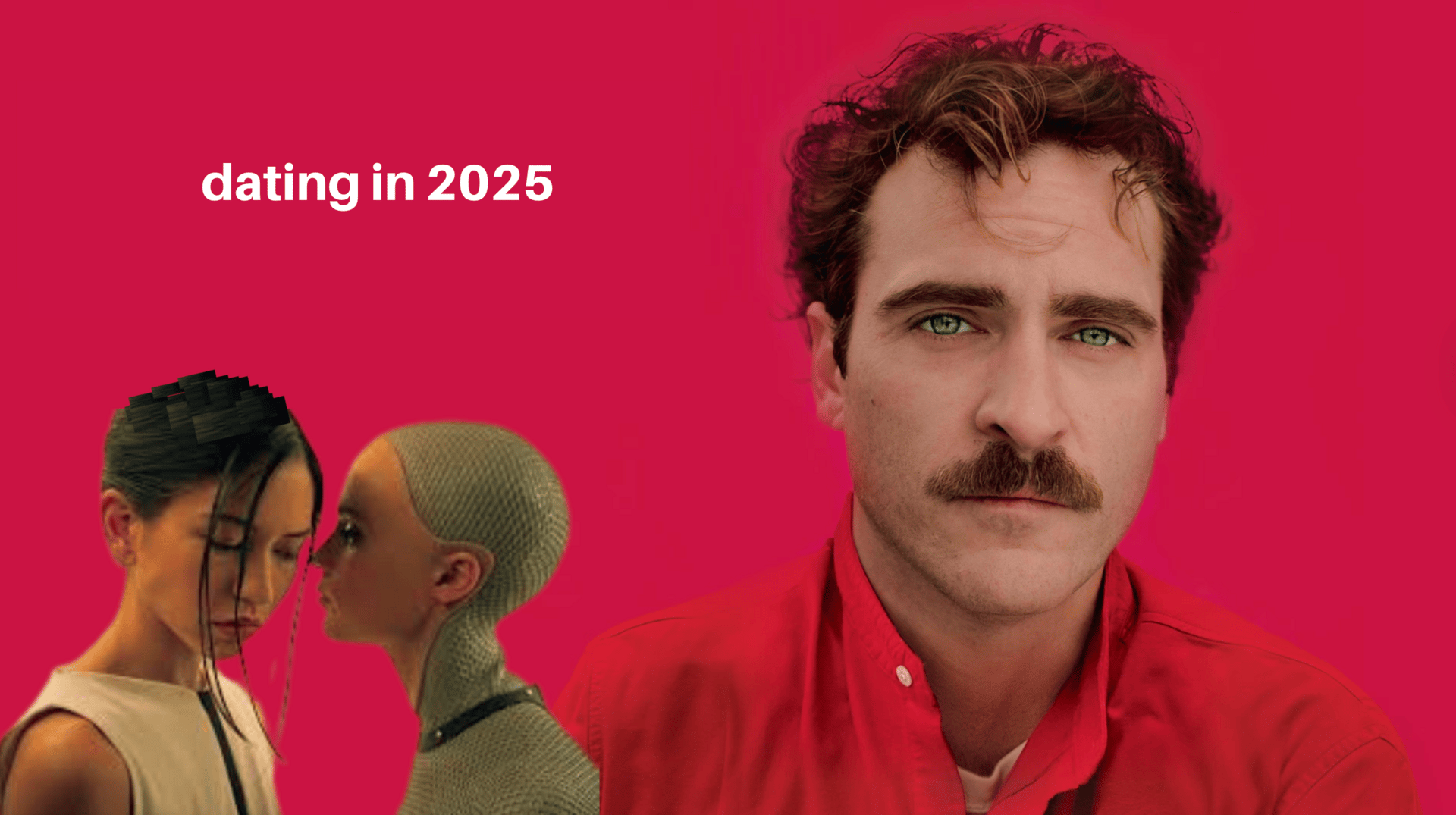
But here's the thing about science fiction: there is often a dystopian ending. Surveillance states. Inequality. Humans replaced by machines. Immortality for the rich while the rest of us age. The future is here. It's amazing and terrifying in equal measure.
The question isn't whether we can build these things; we clearly can, and we clearly are. The question is whether we should. And honestly? We're going to build them anyway and find out the answer to the moral side of the equation later. We always do.
Extra reading
Sci-Fi Idea Bank - May, 2023
The Black Death & How It Birthed Today's Prosperity - May, 2025
And that's it! You can follow me on Twitter and LinkedIn, and also don’t forget to check out Athyna while you’re at it.

BRAIN FOOD 🧠

TOOLS WE RECOMMEND 🛠️
Every week, we highlight tools we like and those we actually use inside our business and give them an honest review. Today, we are highlighting Hyperbound*—the AI sales coach to help you quickly evolve and reinforce your playbooks as you scale.
See the full set of tools we use inside of Athyna & Open Source CEO here.

HOW I CAN HELP 🥳
P.S. Want to work together?
Hiring global talent: If you’re hiring tech, business or ops talent and want to do it 80% less, check out my startup, Athyna. 🌏
See my tech stack: Find our suite of tools & resources for both this newsletter and Athyna here. 🧰
Reach an audience of tech leaders: Advertise with us if you want to get in front of founders, investors and leaders in tech. 👀
 |



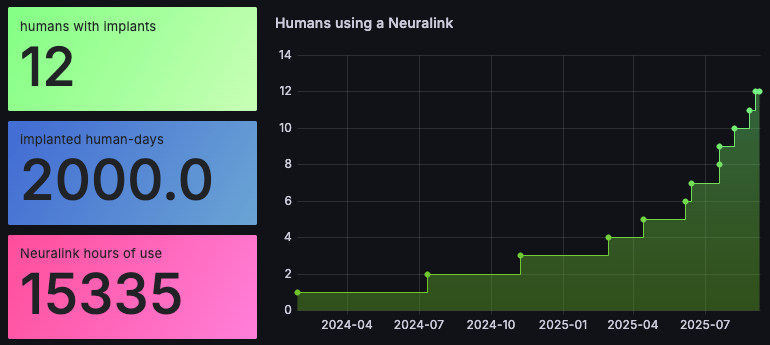

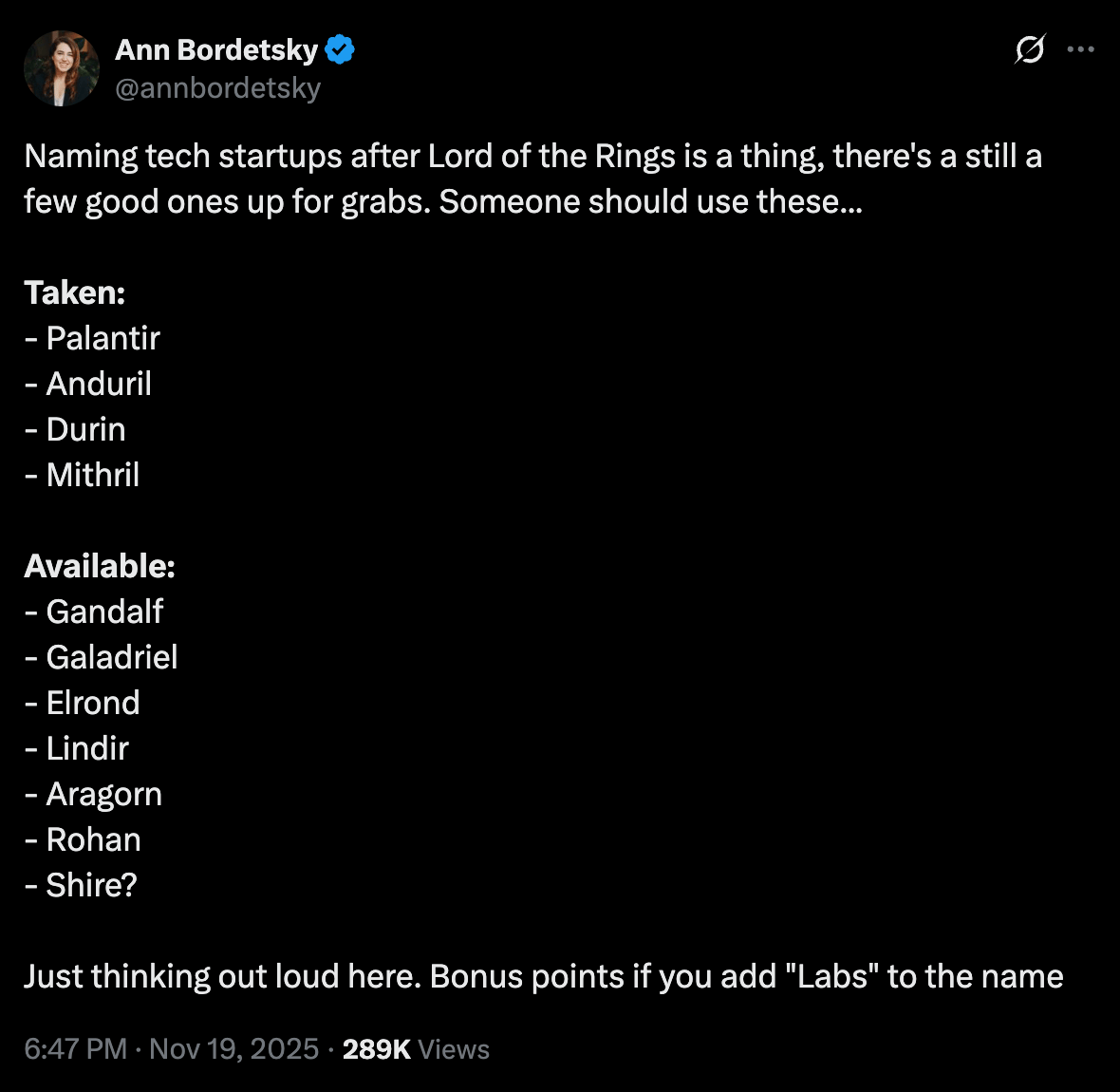


Reply